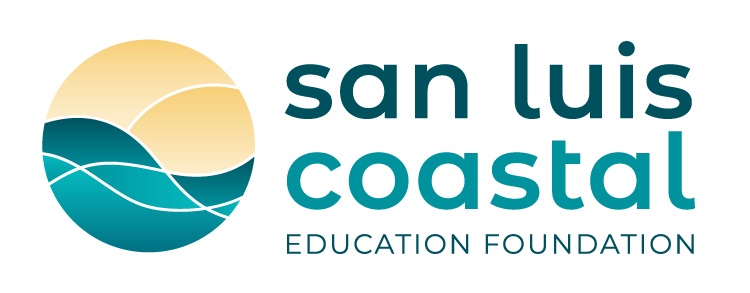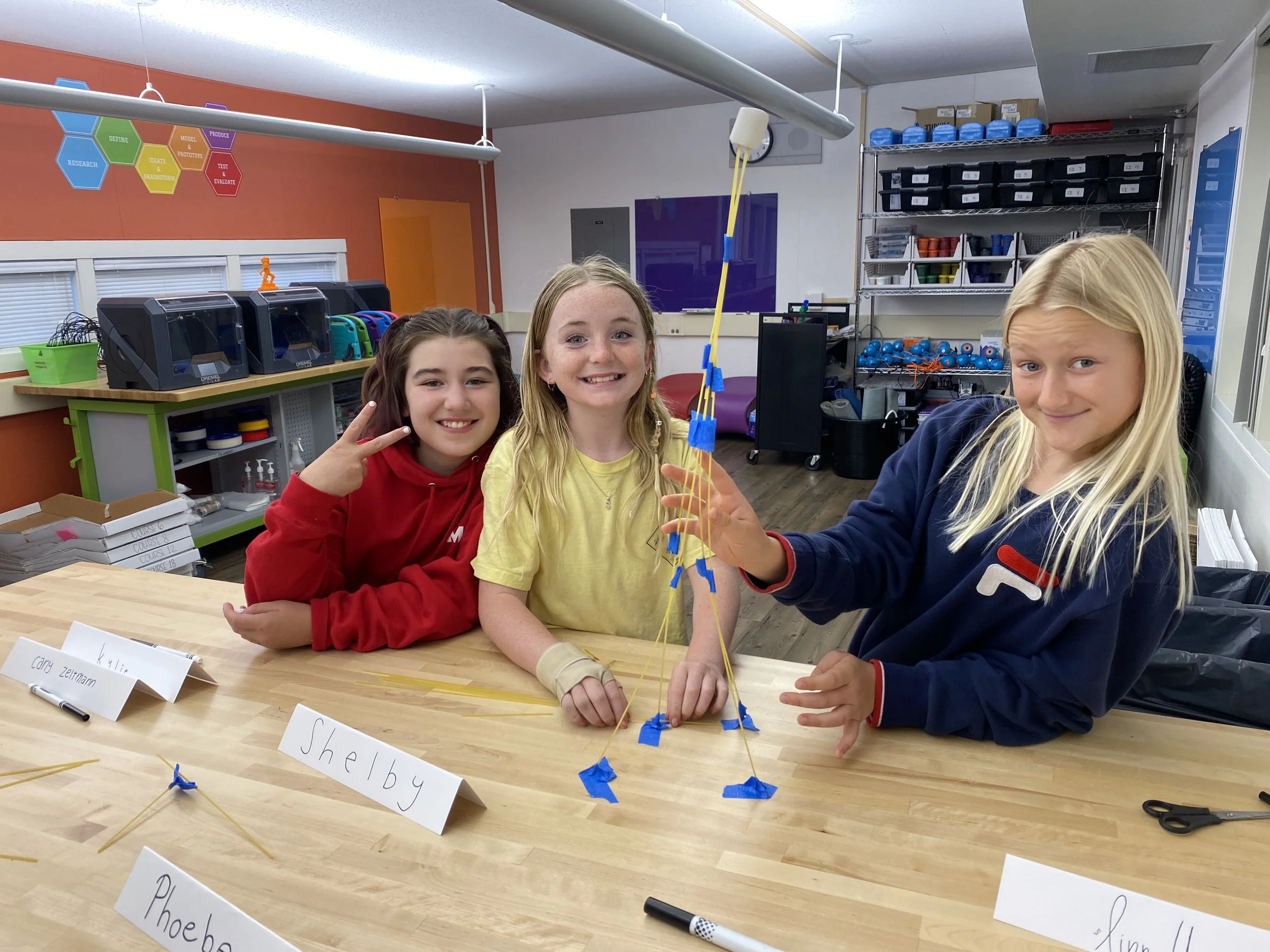
Together, we can prepare tomorrow’s leaders
Through the Foundation's iINNOVATE Initiative, we aim to connect student learning to the real world, equipping them with the skills necessary to succeed in a changing global economy.
Our goal is to help prepare students to be life-long learners. Through hands-on 21st century learning, students are able to celebrate the journey of trial and error along the path to discovery and understanding. Innovation labs offer engaging learning environments that cultivate curiosity and empower kids to actively explore real world challenges.
Hands-on learning requires engaging spaces and materials that often exceed public school budgets. Traditionally, engaging learning environments are primarily parent and PTA funded. This site-by-site funding model results in dramatic disparities between the have-and-have-not schools.
The iINNOVATE Initiative is our region’s first district-wide strategy to meaningfully and equitably integrate 21st century learning across elementary subjects, grade levels and school sites.
School sites are outfitted. Students are engaged. Teachers are innovating.
Now we need you!
“Whenever my class goes in the lab my eyes and body jump up and down with excitement. My parents think I am soooo lucky that my school has an innovation lab. Also, science is my favorite subject.”
- Brooke, 4th Grade

Our Strategy
“Let’s dare to explore ways to refine and enhance learning experiences for our students.”
Emphasis on 21st Century Skills - Create engaging learning environments where elementary students can explore, create, tinker and problem-solve; developing the in-demand skills and attributes that will set them up for future personal and professional success.
Equitable Access - Ensure all students have equitable access to the tools and technologies of project-based learning, regardless of school site or socioeconomic status.
Uniform Instructional Strategy - Beginning with kindergarten, build a districtwide instructional strategy that integrates project-based learning across grades and subject areas and moves learning beyond the traditional classroom. Rigorously align project-based lessons with core content standards to ensure academic excellence. Design and package model 'open source' lesson plans that can be shared, adapted and updated.
Teacher Training - With uniform instructional resources in place, implement district-wide training and support for teachers.
Why It Matters
“Persistence and resilience only come from having been given the chance to work through difficult problems.”
Academic Achievement
The research shows that when implemented well,
project-based learning:
- increases long-term retention of content
- helps students perform on high-stakes tests
- improves problem-solving & collaboration skills
- improves students' attitudes toward learning
FUTURE OF WORK
By 2022, technology is expected to displace 75 million jobs globally, while those same forces will create 133 million new ones. The research shows that project-based learning increases development of the skills necessary to compete for these next generation jobs.
- Creativity
- Critical thinking
- Collaboration
- Communication
Closing the opportunity gap
Over 2,988 -- or 40% of students -- in our district are socioeconomically disadvantaged.
In nationwide studies, project-based learning has proven especially effective to elevate outcomes for disadvantaged and lower-achieving students.
First generation students who learn in K12 project-based environments are reporting significantly higher first year college persistence rates than traditional high schools.
Innovation Labs will support 21st century learning at all 10 elementary sites
Through the iINNOVATE Initiative, we are bringing 21st century learning labs to all 10 of our elementary schools. Thanks to the lead partnership gift from Harold J. Miossi Charitable Trust, every elementary student in our district now has access to state-of-the-art resources to help develop their creativity, critical thinking, collaboration and communication skills. Here are some of the incredible tools and technologies being made available to our district’s students.
Tactiles and raw materials
allow students to explore spatial relationships, basic construction, prototyping, and develop a tinkering and trouble-shooting mindset. Examples include legos, hand tools, cardboard and tape, straws, string, etc.
Media Labs
allow students to write, present, capture and produce creative and informational content using multimedia tools. Students will learn how to communicate through various mediums to engage broader audiences.
Virtual Access
to the places and people that make learning real. Through the use of virtual and augmented reality, as well as video conferencing, students can travel through time and space (a virtual field trip to the ancient pyramids or Great Wall of China), or participate in live interactive tours and interviews with industry mentors across our region and world.
Engineering Materials
empower students to apply math and science to real world challenges. The design process teaches students that failure and iteration are an important part of the problem-solving process and a positive way to learn.
Coding and Robotics
which is now considered a basic literacy in the digital age, offers a variety of learning benefits to kids of all ages. In addition to developing relevant hard skills that are increasingly in demand across industry sectors, coding and robotics teach computational thinking and sequencing, as well as problem-solving and troubleshooting.
Circuits
allow students to progress their science, math and engineering knowledge, and create linkages to coding and robotics.












